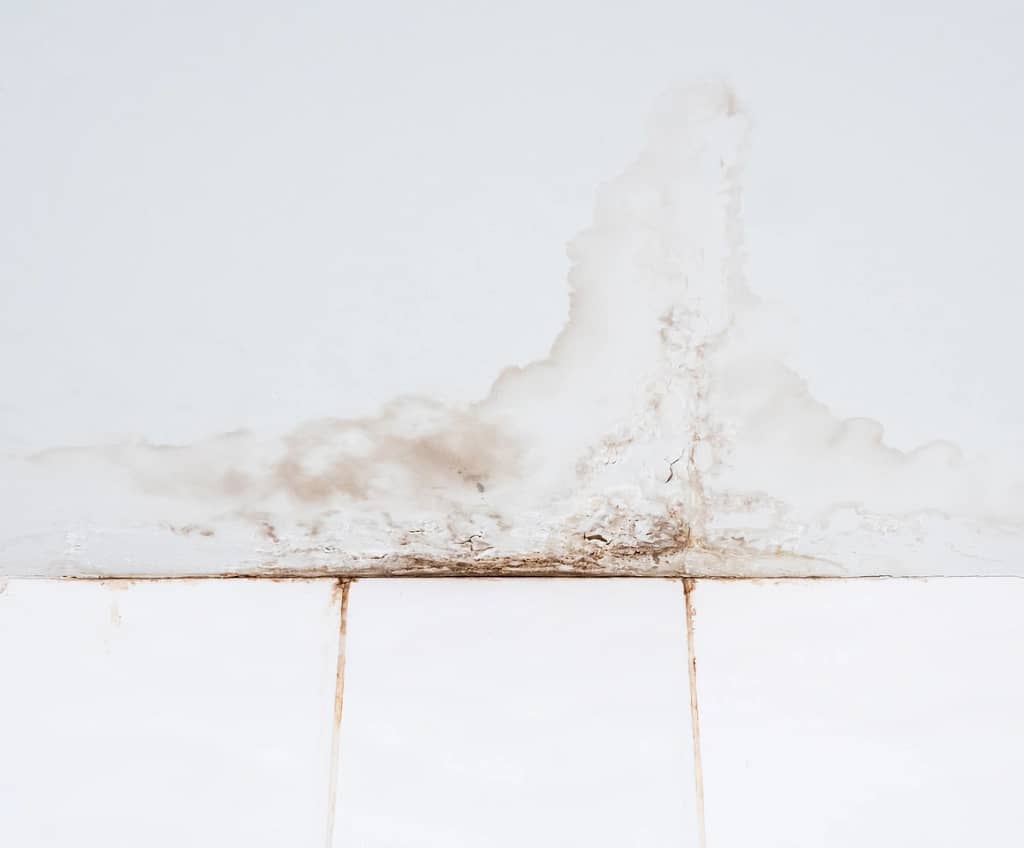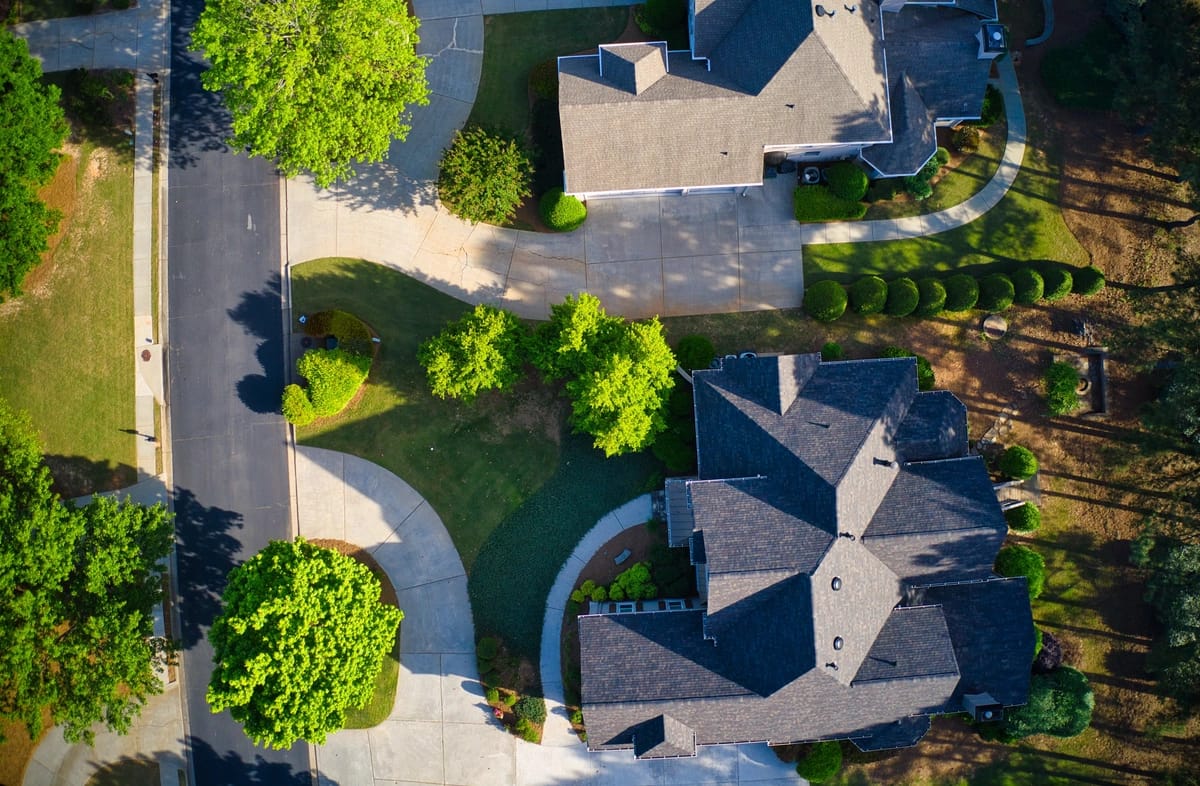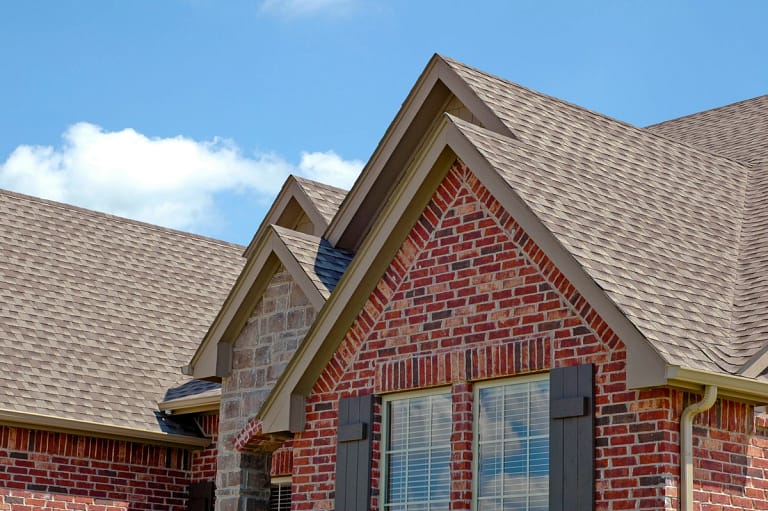Your home is your sanctuary, protecting you from the elements day in and day out. But what happens when your sanctuary becomes compromised? One of the most common issues homeowners face is a roof leak. Whether it’s a small drip or a major downpour, roof leaks can lead to costly damage and a great deal of stress.
The tricky part about roof leaks, however, is that there aren’t always obvious signs. And when left untreated, the damage can spread and become a much worse problem down the line. Knowing how to find a roof leak is key in order to ensure the safety of your home.
In this comprehensive guide, we’ll help you understand:
- The signs that might indicate you have a roof leak
- The best ways to find one
- What to do once you’ve pinpointed the source
6 Signs That You Might Have a Roof Leak

Before you start tearing into your attic or climbing onto your roof, it’s essential to recognize the signs that you might have a roof leak. Identifying these symptoms early can save you time and money down the road. Here are some common signs to watch out for:
1. Water Stains on Ceilings and Walls 💧
One of the most apparent signs of a roof leak is water stains on your ceilings or walls. These stains often appear as discolored patches or streaks, and they may grow over time if the leak persists. Pay close attention to areas where the stains are most pronounced, as this can help you locate the source of the leak.
2. Dripping or Sound of Water 👂
If you hear dripping or the sound of water inside your home, it’s a clear indication that water is infiltrating your roof. This is a more severe sign and should be addressed immediately to prevent further damage.
3. Mold or Mildew Growth 🍄
Moisture from a roof leak can create the perfect environment for mold and mildew growth. Check for any unusual growth on your walls, ceilings, or in your attic. Mold and mildew not only damage your home’s structure but can also pose health risks to you and your family.
4. Curled or Missing Shingles 🔍
Examine the exterior of your roof. Curled or missing shingles are vulnerable areas where water can easily penetrate. If you notice these issues, it’s a good idea to investigate further.
5. Granule Loss 🧹
Asphalt shingles often lose granules over time, which can be accelerated by water damage. Check your gutters and downspouts for granules. If you find an excessive amount, it could be a sign that your roof is compromised.
6. Sagging Roof Deck 🔨
If you have access to your attic, inspect the underside of your roof deck. A sagging or drooping roof deck can indicate water damage and structural issues. Take extra caution when checking for this sign, as a compromised deck can be dangerous.
How to Find a Roof Leak: 6 Steps
Once you’ve identified the signs of a roof leak, the next step is to pinpoint the source. Finding a roof leak can be challenging, but a systematic approach can help you track it down effectively. Follow these steps to locate the leak:
1. Safety First
Safety should always be your top priority when working on your roof. Use a sturdy ladder and ensure it’s placed on level ground. Wear appropriate safety gear, including non-slip shoes and a safety harness if necessary.
2. Check the Attic
Start your investigation in the attic or the highest point of your home. Use a flashlight to inspect the underside of the roof deck, looking for any signs of water staining, mold, or wet insulation. Pay close attention to the area directly above where you noticed the interior water stains.
3. Follow the Trail
Water often travels along rafters or roof trusses before making its way into your living space. Follow the trail of water stains and any signs of moisture to trace the source of the leak back to its point of entry.
4. Inspect Roof Penetrations
Roof penetrations, such as vents, chimneys, and skylights, are common entry points for leaks. Check the seals and flashing around these areas for any visible damage or gaps. Seal any gaps with roofing caulk or replace damaged flashing as needed.
5. Examine Roof Shingles
If you didn’t find the source of the leak in the attic or around roof penetrations, it’s time to inspect the shingles themselves. Carefully climb onto your roof and examine the area where the leak appears most prominent. Look for damaged, curled, or missing shingles. Gently lift any suspect shingles to check for water infiltration beneath them.
6. Test with a Hose
If you’re unable to locate the source of the leak through a visual inspection, enlist the help of a friend. One person can remain inside the attic or home, while the other uses a garden hose to simulate rainfall on the roof. Start at the lowest point of the roof and work your way up while the person inside looks for signs of water intrusion. Be patient, as it may take some time for the water to find its way into your home. Once you identify the leak, mark the spot for repair.
What to Do Once You’ve Found a Roof Leak

Congratulations, you’ve successfully located the source of your roof leak! Now, it’s time to take action and fix the issue before it worsens. Follow these steps to address the problem:
- Temporary Patch: If the leak is severe, or you’re unable to immediately address the issue, use a temporary patch to prevent further water infiltration. Cover the leak with a tarp, plastic sheet, or roofing cement to keep your home dry until you can make permanent repairs.
- Repair Damaged Shingles: If the leak is due to damaged or missing shingles, replace them as soon as possible. Carefully remove the damaged shingles, install new ones, and secure them in place with roofing nails. Be sure to seal the edges of the new shingles with roofing cement to prevent future leaks.
- Fix Flashing and Seals: If the problem is related to damaged flashing or seals around roof penetrations, replace or repair these components. Remove old caulk and replace it with fresh roofing caulk to ensure a watertight seal.
- Consult a Professional: If you’re uncomfortable with climbing onto your roof or the damage is extensive, it’s best to consult a professional roofing contractor. Roofing experts have the knowledge and experience to assess the extent of the damage and make necessary repairs safely.
- Prevent Future Leaks: Once you’ve addressed the immediate issue, take steps to prevent future roof leaks. Regular roof maintenance, including cleaning gutters, inspecting flashing, and replacing damaged shingles, can extend the life of your roof and minimize the risk of future leaks.
- Monitor for Interior Damage: Even after you’ve fixed the roof leak, continue to monitor your home’s interior for any signs of further damage. This will help you catch any issues early and prevent more extensive repairs down the line.
Roof Repair You Can Trust
Finding and fixing a roof leak is a crucial task for homeowners. By paying attention to the signs of a roof leak, systematically locating the source, and taking prompt action to address the issue, you can protect your home from costly water damage and ensure that your sanctuary remains a safe and dry haven.
When you are ready to make repairs and stop dealing with a leaky roof, Best Exteriors can help. Contact us today to set up your free roofing consultation!




